Three Colors: Blue
Written by: Krzysztof Kieślowski, Krzysztof Piesiewicz
Released in: 1993
IMDB Page
After losing her husband and daughter to a car accident, Juliette Binoche’s Julie doesn’t have happiness ripped out of her life so much as all emotion together. All she manages to feel is contempt for the classical piece her husband had been composing, despite the beautiful music it holds swelling past us as her life previous to the accident is slowly replaced with the new one she’s trying to assemble in Paris. Even with all her efforts to finish the transition, though, the incomplete work leaves her unable to fully sever the past. This is the first in Krzysztof Kieślowski’s Three Colors trilogy, a set of films known for being steeped in symbolism and recurring images, and Blue is certainly full of both. It’s also extremely engaging and not immediately digestible, a combination that demands repeat viewings.
The Devil and Daniel Johnston
Written by: Jeff Feuerzeig
Released in: 2005
IMDB Page
The notion that truly important art comes from pain and suffering encapsulates the tortured artist motif in Daniel Johnston: his pain is inherent, just as his music’s importance is. Jeff Feuerzeig’s documentary about the manic-depressive that produced thousands of individually recorded mixtapes in the early eighties comes across more like a folktale sprung from the indie music scene than an account of an actual person’s life, but Daniel’s story is real and the legacy he left behind with his career is a fascinating subject. As he swings from local Southern success to star record label prospect before being confined to a mental institution, Feuerzeig is able to find the path through Daniel’s hectic story with a wealth of content, using cassette recordings he made while dealing with his developing disease, archival footage of his public performances, and interviews with his friends, parents, and Daniel himself.
Almost Famous
Written by: Cameron Crowe
Released in: 2000
IMDB Page
What else does a great coming-of-age story need besides classic rock and radiant girls? Cameron Crowe’s story of a young journalist touring around the Southwest with the fictional seventies rock band Stillwater comes from his own experiences on the road with acts like Led Zeppelin and The Allman Brothers, which could explain why the film he’s made is so enjoyable: he wants to relive those memories as much as we want to experience them. If you can forgo going straight to Netflix, look for Crowe’s extended cut of the film. It doesn’t add any new plotlines or characters, but it gives us an excuse to exist in the wonderful world he’s created for a little while longer.
Interstella 5555: The 5tory of the 5ecret 5tar 5styem
Written by: Daft Punk, Cédric Hervet
Released in: 2003
IMDB Page
Billed as a visual realization of Daft Punk’s second album, Discovery, Interstella 5555 is essentially an extended music video connecting their songs through the fantastically animated concept the duo created to honor their childhood hero Leiji Matsumoto, who they also brought on as a visual supervisor for the project. Following a blue-skinned alien band called The Crescendolls after their abduction at a concert, the story functions secondary to the music as each scene is designed chiefly to fit the next song, but the strength of the animation and the many great moments the band members share make the visuals as important as the music they’re created for. Obviously, if you don’t like Daft Punk, there’s really no reason for you watch this, but with the film being so enjoyable to the fans of their work, the only question is: why don’t more bands do this?
Dancer in the Dark
Written by: Lars von Trier
Released in: 2000
IMDB Page
Musicals are magic. With enough emotion packed into their numbers to lift any low spirit, they give Björk’s Selma, a single Czech immigrant living in the US, the necessary escape from her daily struggles in providing for her son. Working off the small noises provided by whatever place Selma finds herself in, Lars von Trier orchestrates her intricately choreographed daydreams to an environmental rhythm, and while the shift between these scenes and his Dogma-style camerawork of her actual life as a factory worker is initially jarring, their inclusion becomes the only comfort given to us as Selma’s situation becomes increasingly distressing. I’m avoiding specific details with this one because the film works much better if you go in knowing as little as possible, so please don’t let my lack of description turn you away from what is an exceptionally affecting movie.










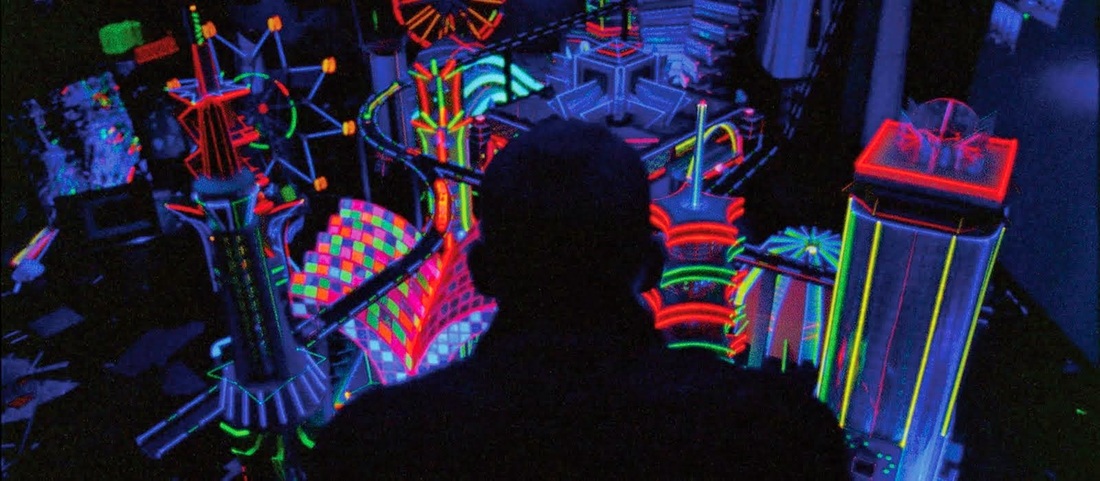
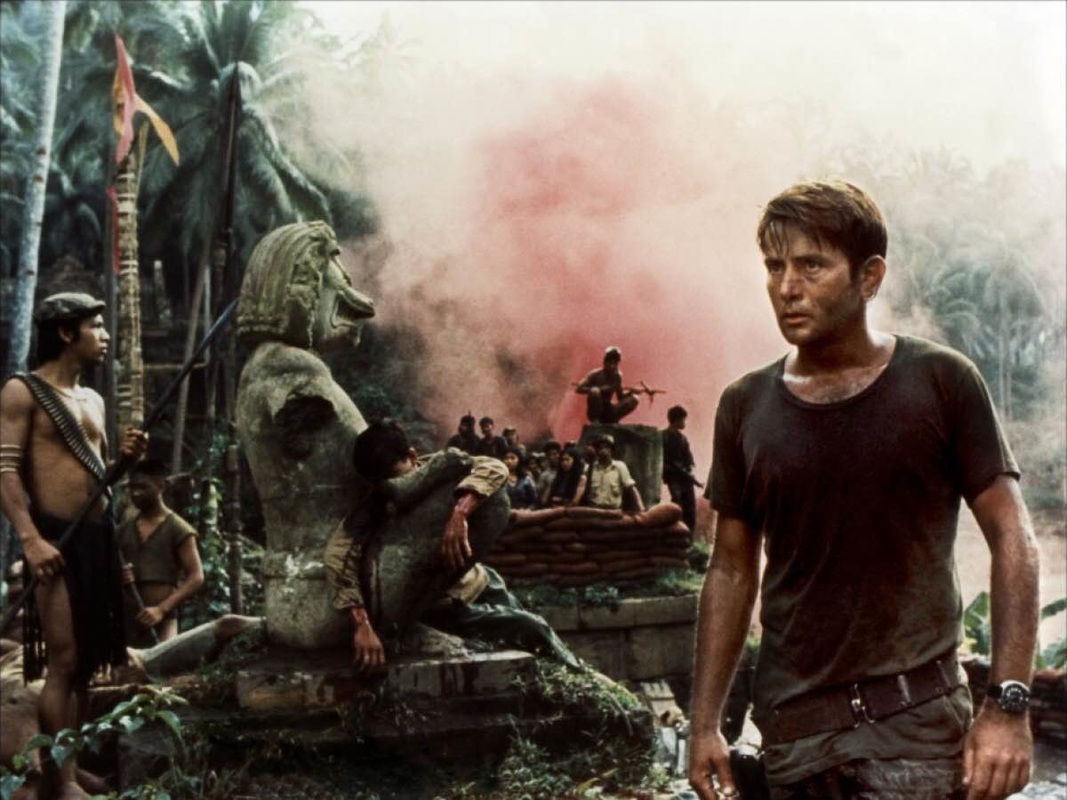
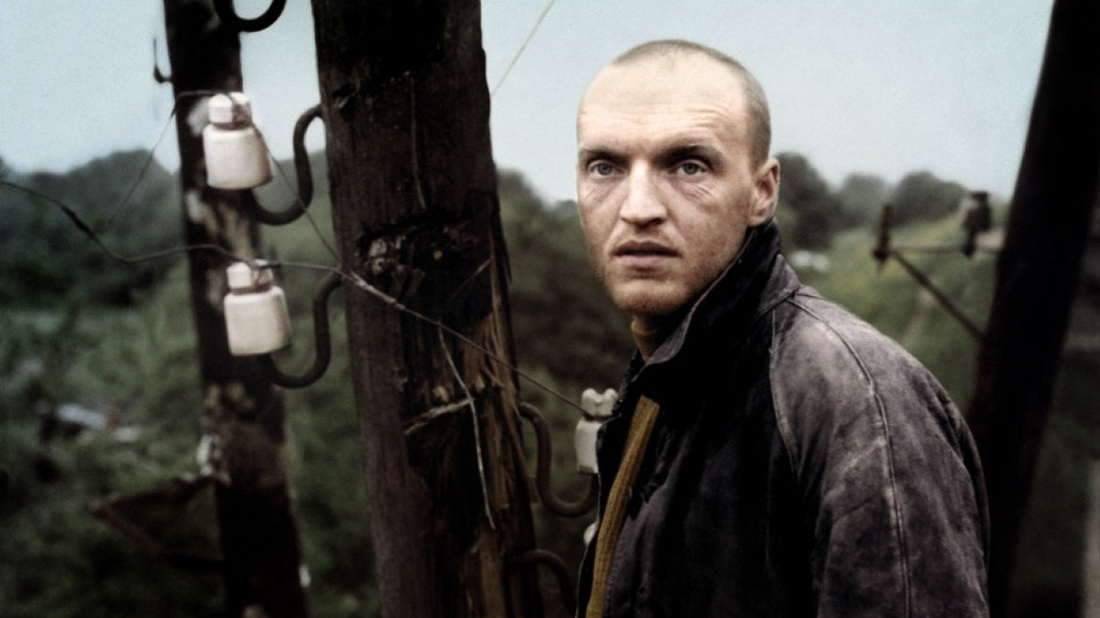
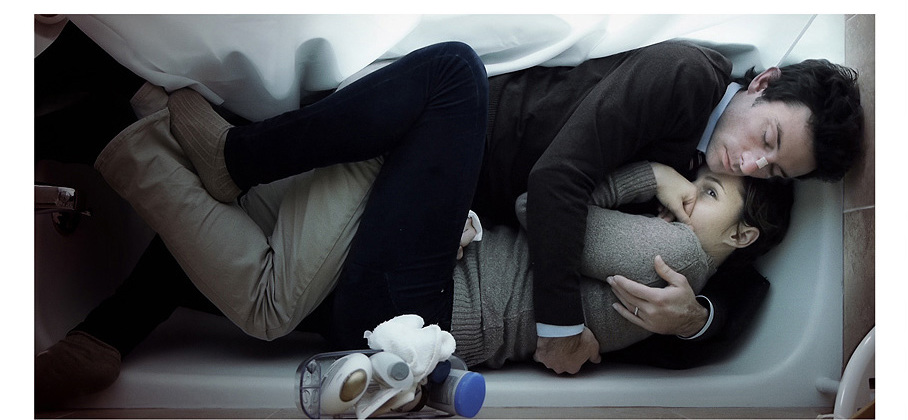
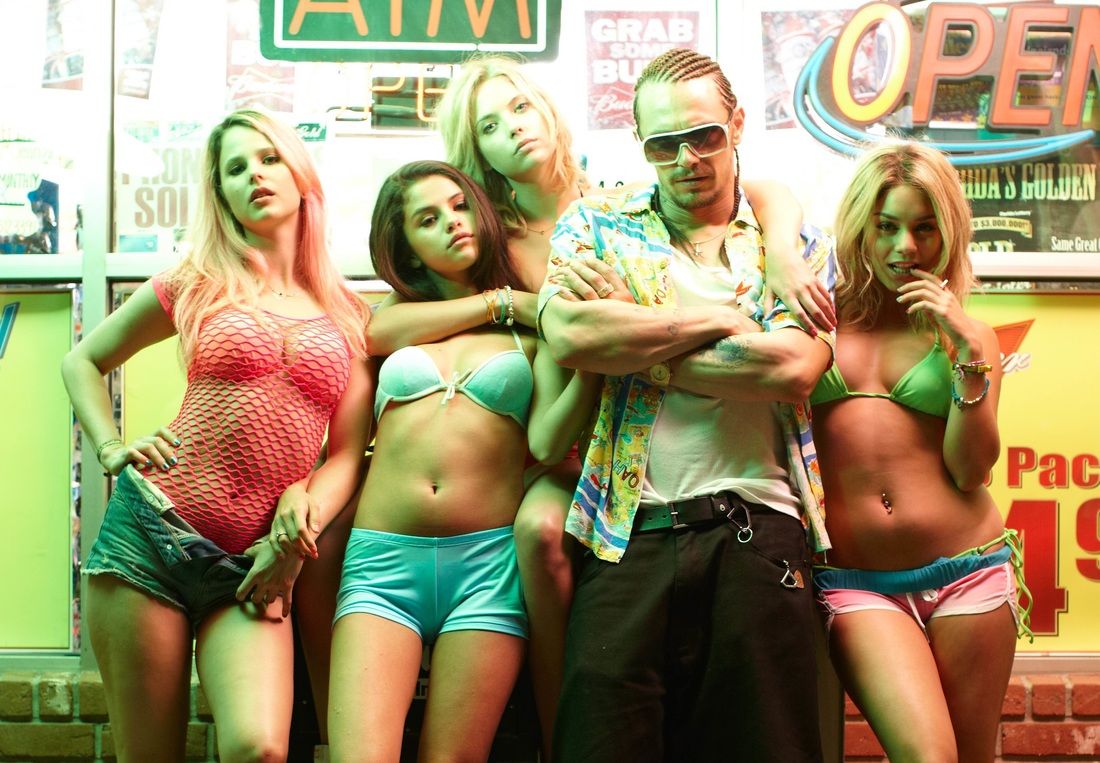


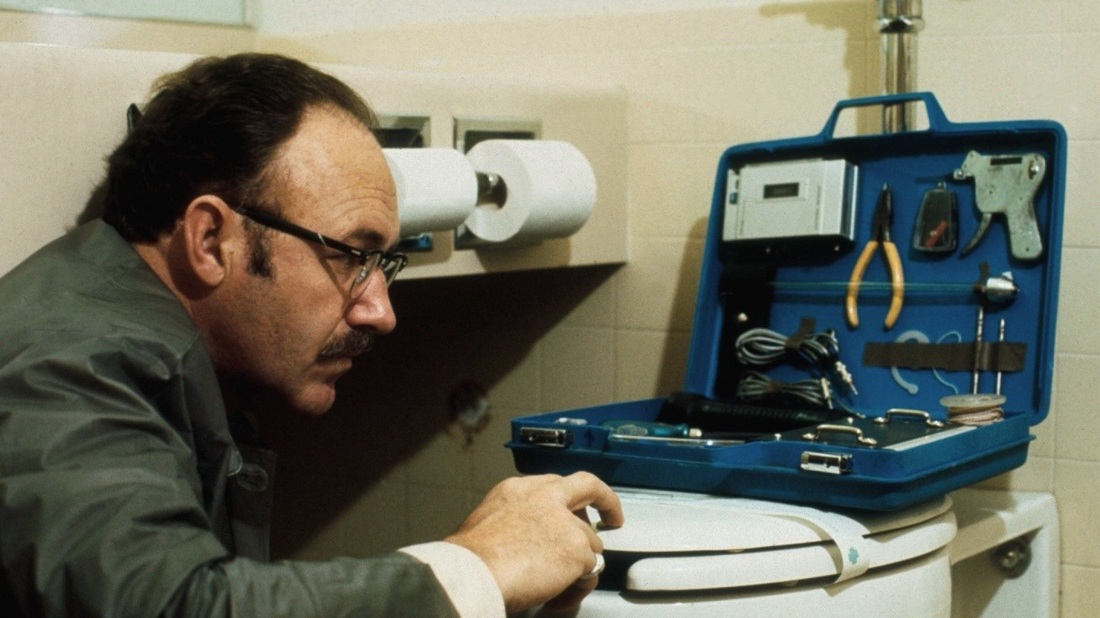
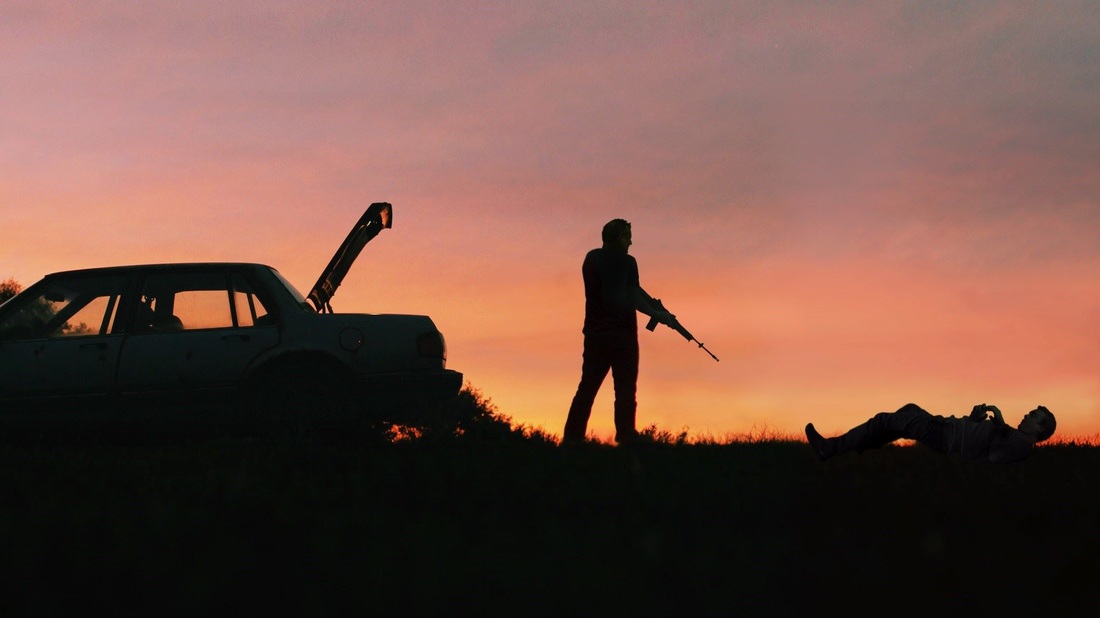

 RSS Feed
RSS Feed
